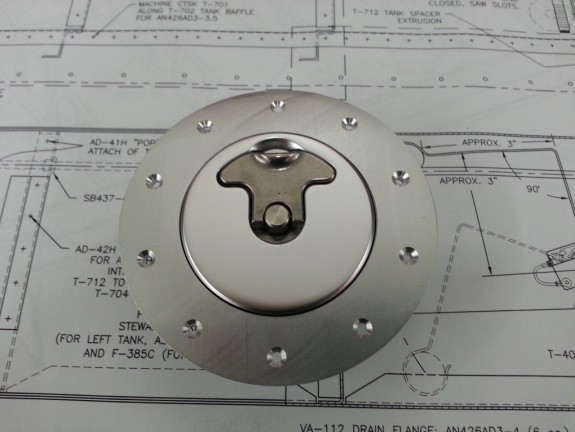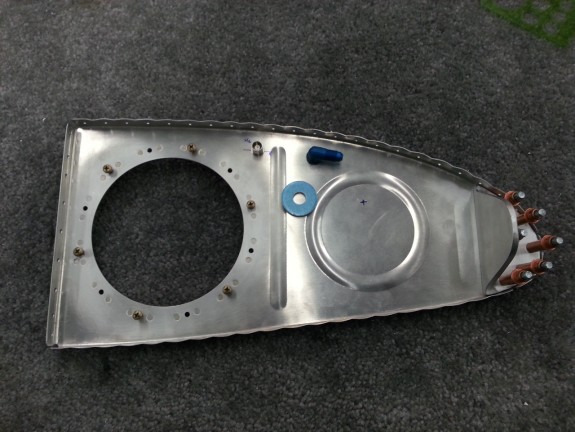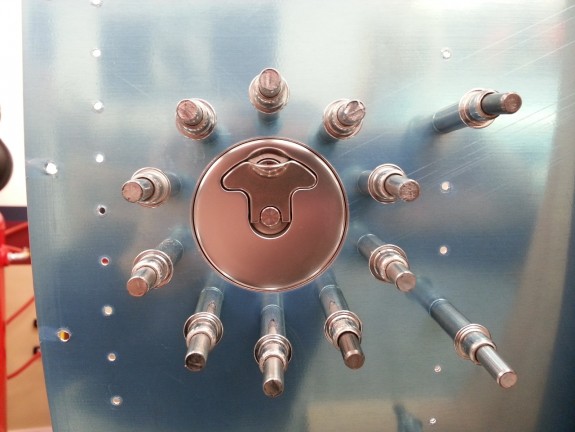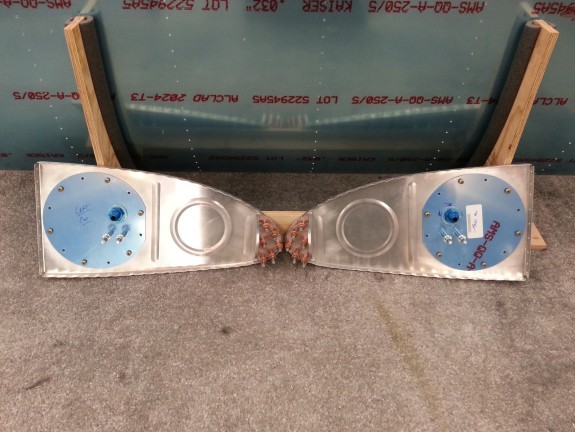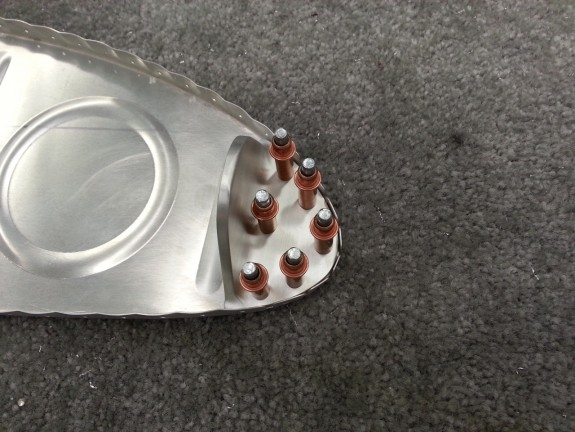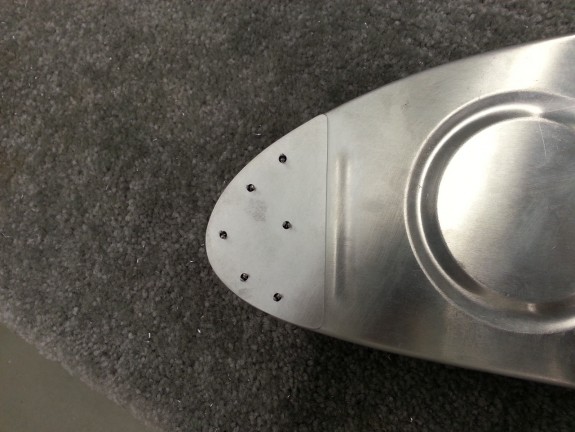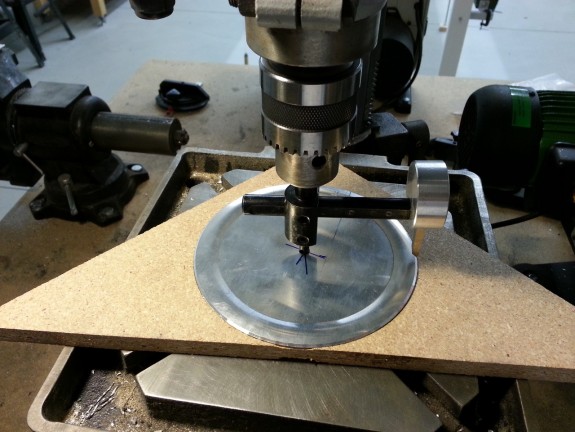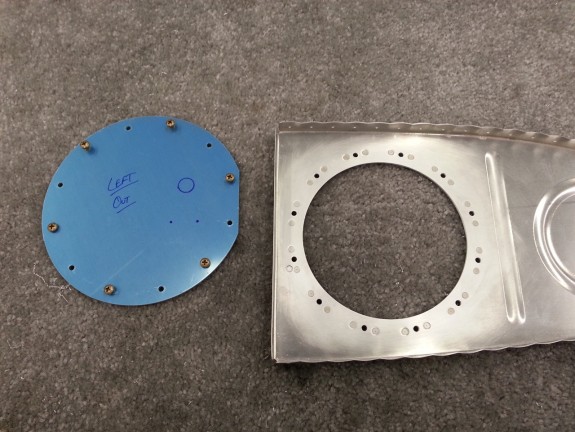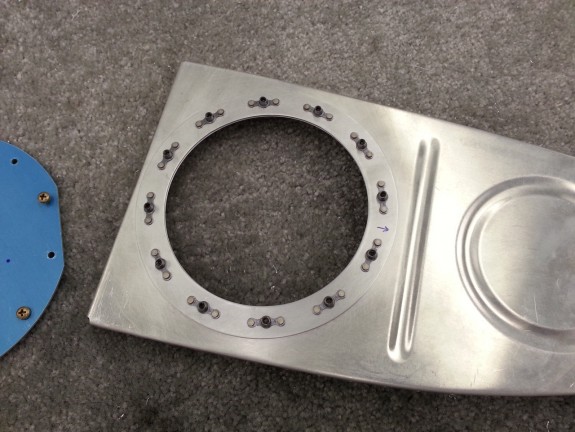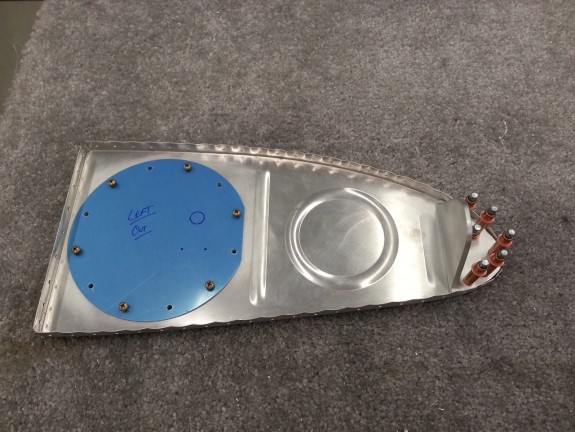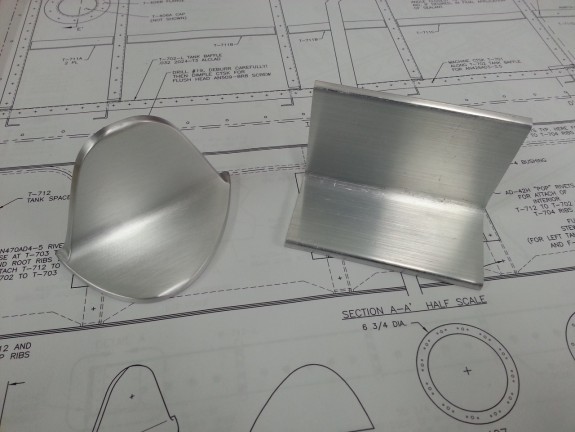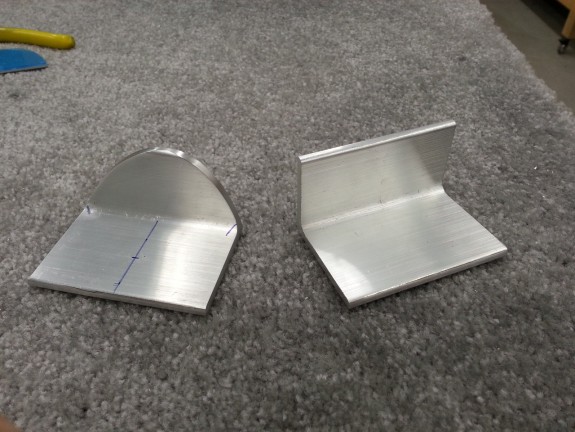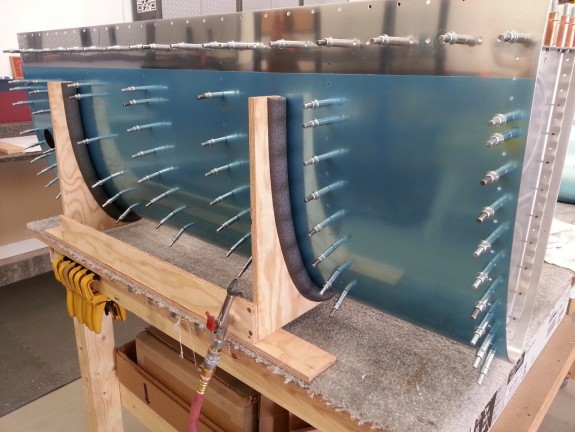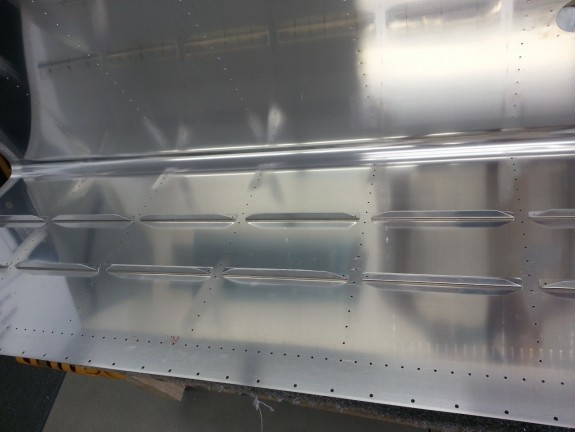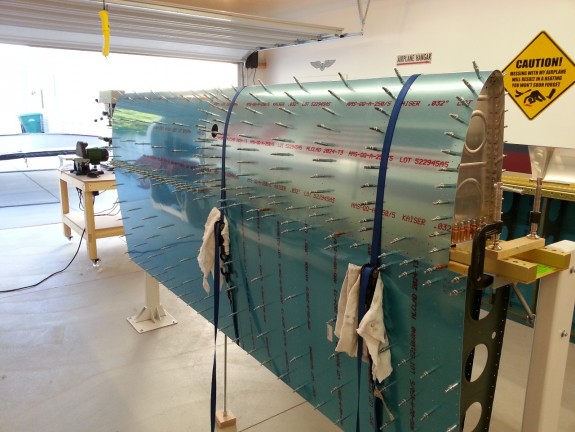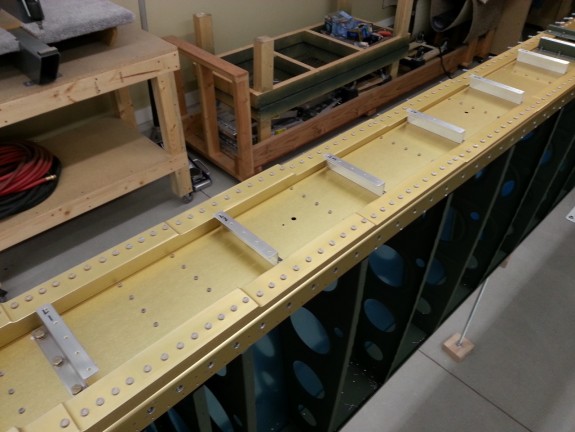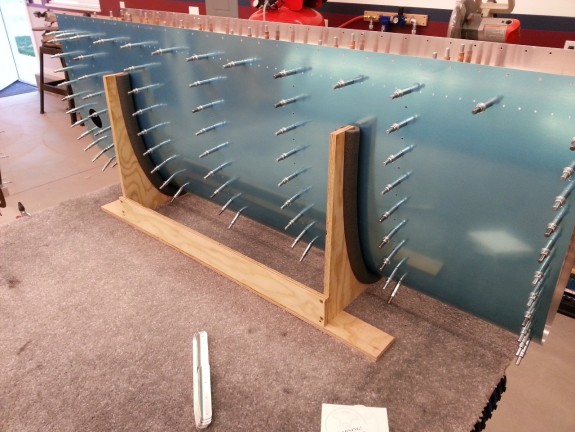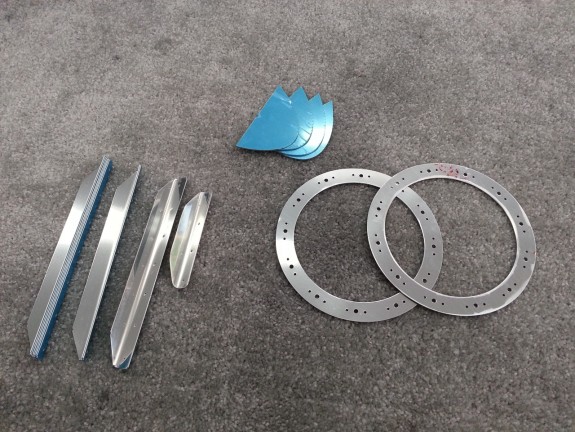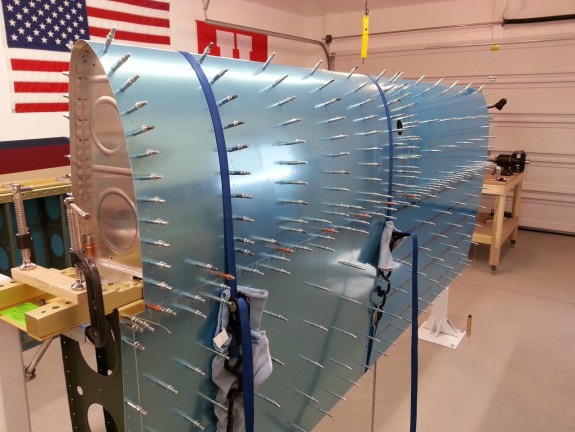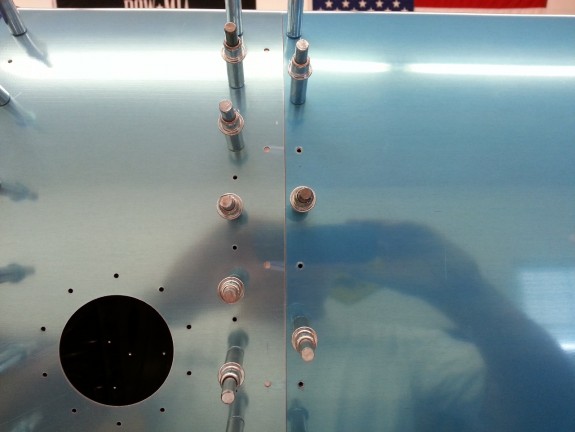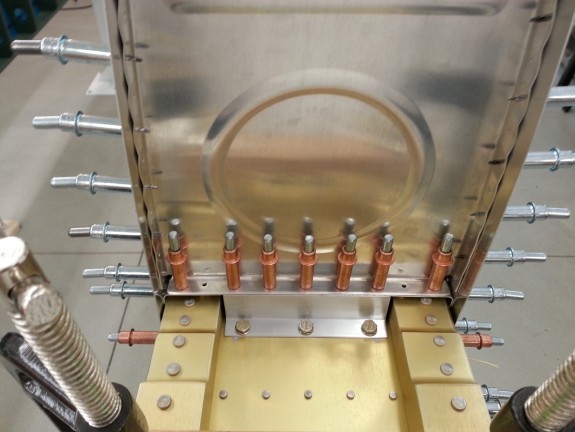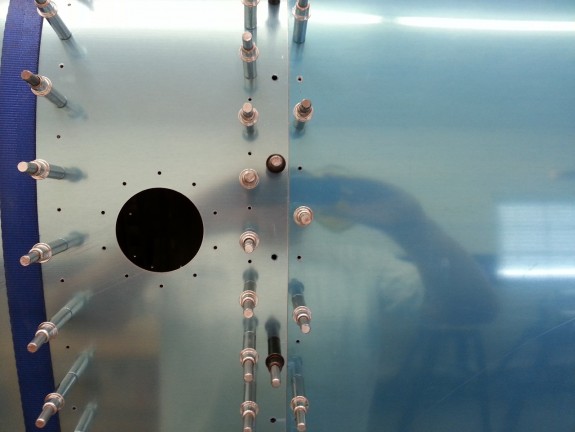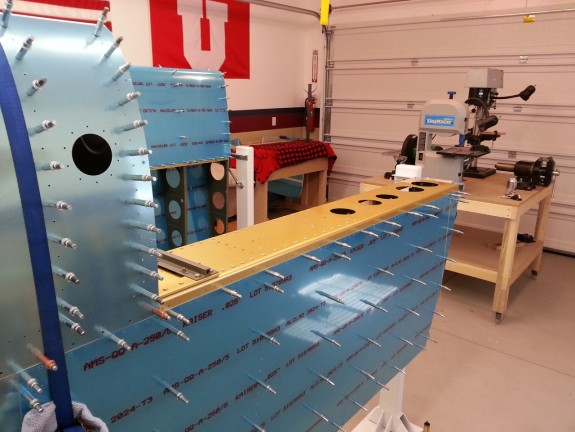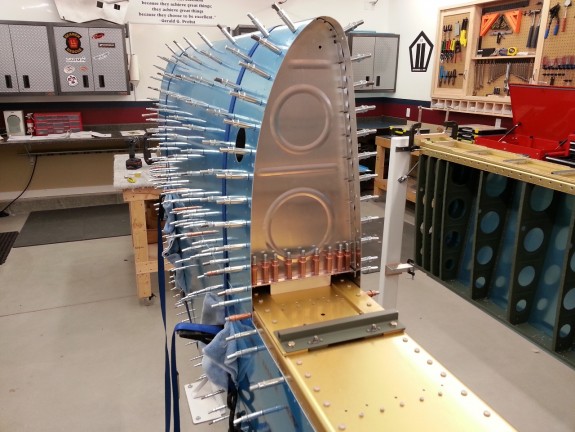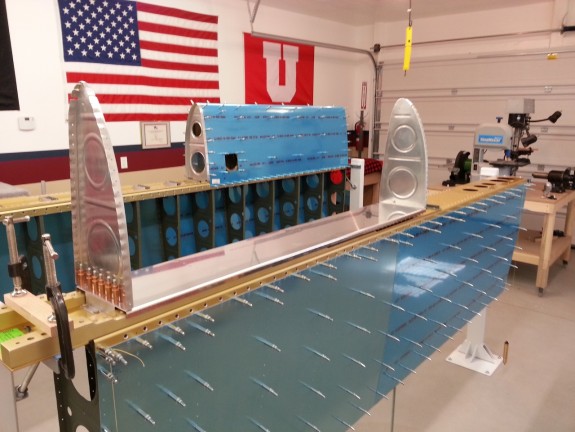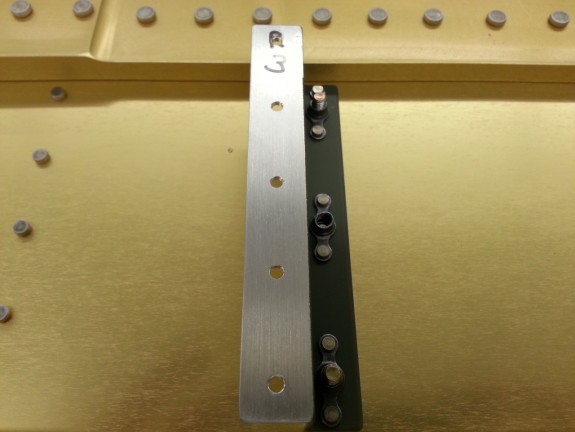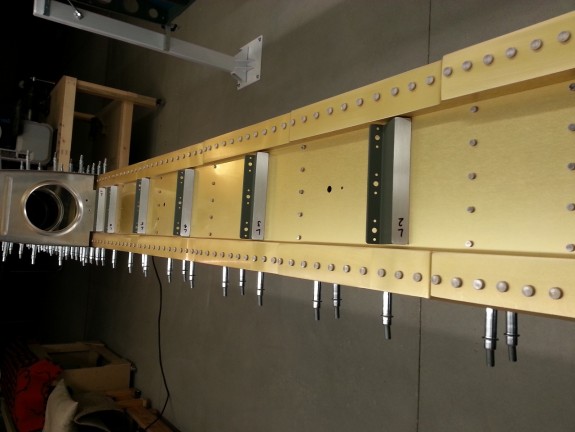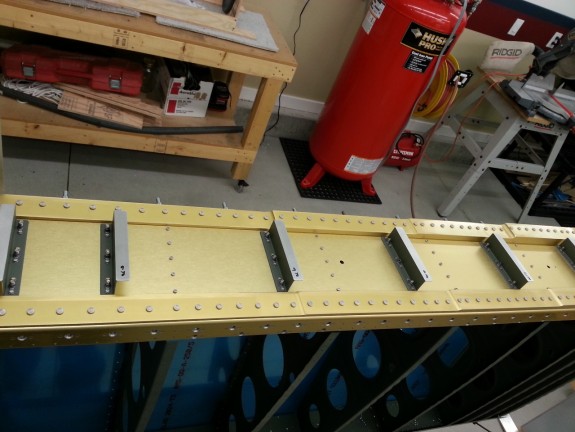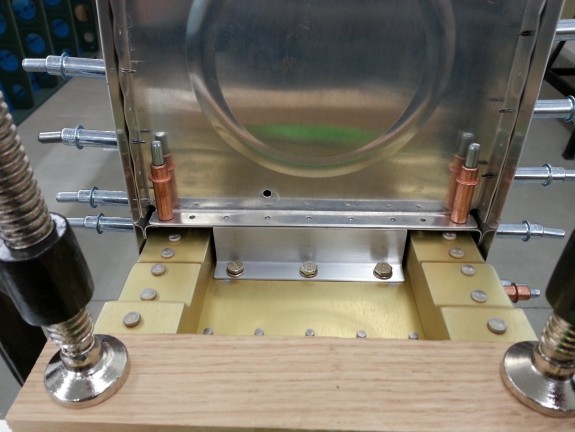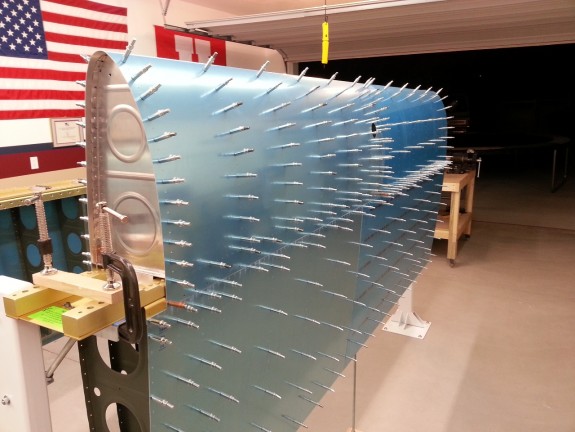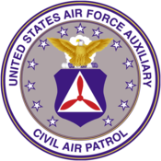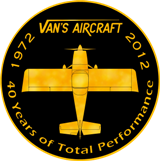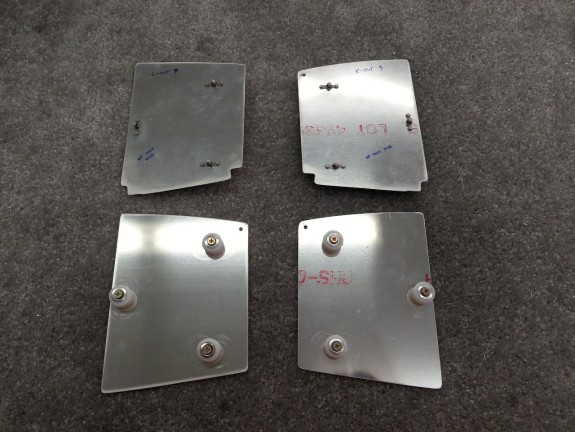
Prepped Capacitive Sender Plates
I set a goal tonight to get through a bunch of tasks and completed them all. First up was to get the capacitive sender plates prepped and ready. I started by laying out the positions of the plates on one set of ribs for one tank. Once match drilled, I then clecoed the corresponding rib from the other tank to the rib just drilled using the tooling holes. I then match drilled the ribs together. The accuracy of the parts to one another meant that my alignment should match the other rib just fine…and it did. I then modified the outboard plates to clear the stiffeners that are on the bottom of the tank. I did this all at once, filing both plates at the same time.
Next up was to countersink the plates for the platenuts. If I had really thought about it, I would have dimpled these and the platenuts rather than countersink. They really are too thin to effectively countersink. I was going to use “Oops Rivets” but that is a longer, boring story. Needless to say, dimple these, not countersink. I made it work however.
Once that was done, I cut the tubing that insulates the screw from the plates so as to not create an electrical path from the plate to the rib. I then deburred all the spacers as there was a lot of molding flash on them around the edges. I figured I would clean this off and eliminate possible contaminates to the fuel. I also cleaned out the inside of the spacer holes with a razor knife for the same reason.
I attached the platenuts and then proceeded to test fit the plates to the ribs.
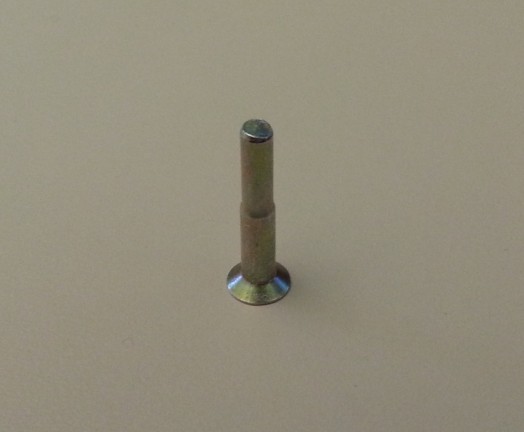
Screw…is it or…
As I was grabbing screws blindly from the parts bin I put all the hardware in, I inserted one screw in the stack and tried to tighten it. I could not figure out why it was not threading. Everything was lined up just fine, but it simply spun. I decided to take a look at it and to my surprise, this screw did not have any threads. I chuckled a bit and then realized that I was now short the screw I needed to fit the plate on. Oh well, I will run to the FBO later tomorrow and likely have them comp me one to replace this one.
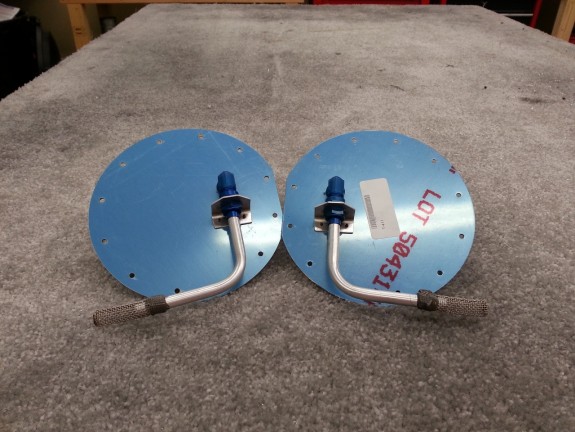
Fitted Pickups to Access Covers
Once the capacitive plates were prepped, I test fit the pre-made fuel pickups to the now drilled blank plates. Everything looks like it should and the pickups appear to be in the right position relative to the tank for me to get the most fuel out of them. Granted, with a reserve, you should never have to worry about starving the engine…but it is good to know that you can get the maximum out of the tanks if needed. The pre-made pickups are nice and save a little time. I think worth the money and reduction of hassle.
Next up was to catch up on some other tasks I had neglected. I needed to cut out the stiffeners and match drill them on the left tank. I knocked these out pretty quick. I thought about calling it quits here, but was on a roll, so I kept going.
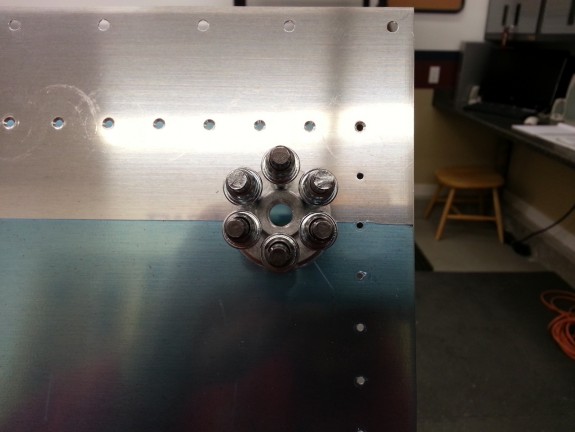
Drilled Sump Flanges to Skin
I centered the sump flanges on the skin by eye. I have seen some elaborate setups to do this task, but I guess I got lucky…mine look spot on. I did take some time to line up the flange as straight as I could, but in reality, if you are looking that close to my plane…you better be buying it. I knocked out both pretty quick and they are actually spot on.
I could have called it a night again, but instead, I decided to debur all the holes on the inside of both tank skins. By then, I was dead tired. So I finally called it a night…or at least early morning 🙂
Next up, I plan to finish prepping the inboard tank ribs with the capacitive BNC hole, vent fitting hole, and vapor return hole. I will also be drilling the fuel cap flanges to the skins. Then it will be time to debur, dimple, and scuff the parts. After that, time to start the dreaded sealing of the tanks. Yipeee! 🙁

